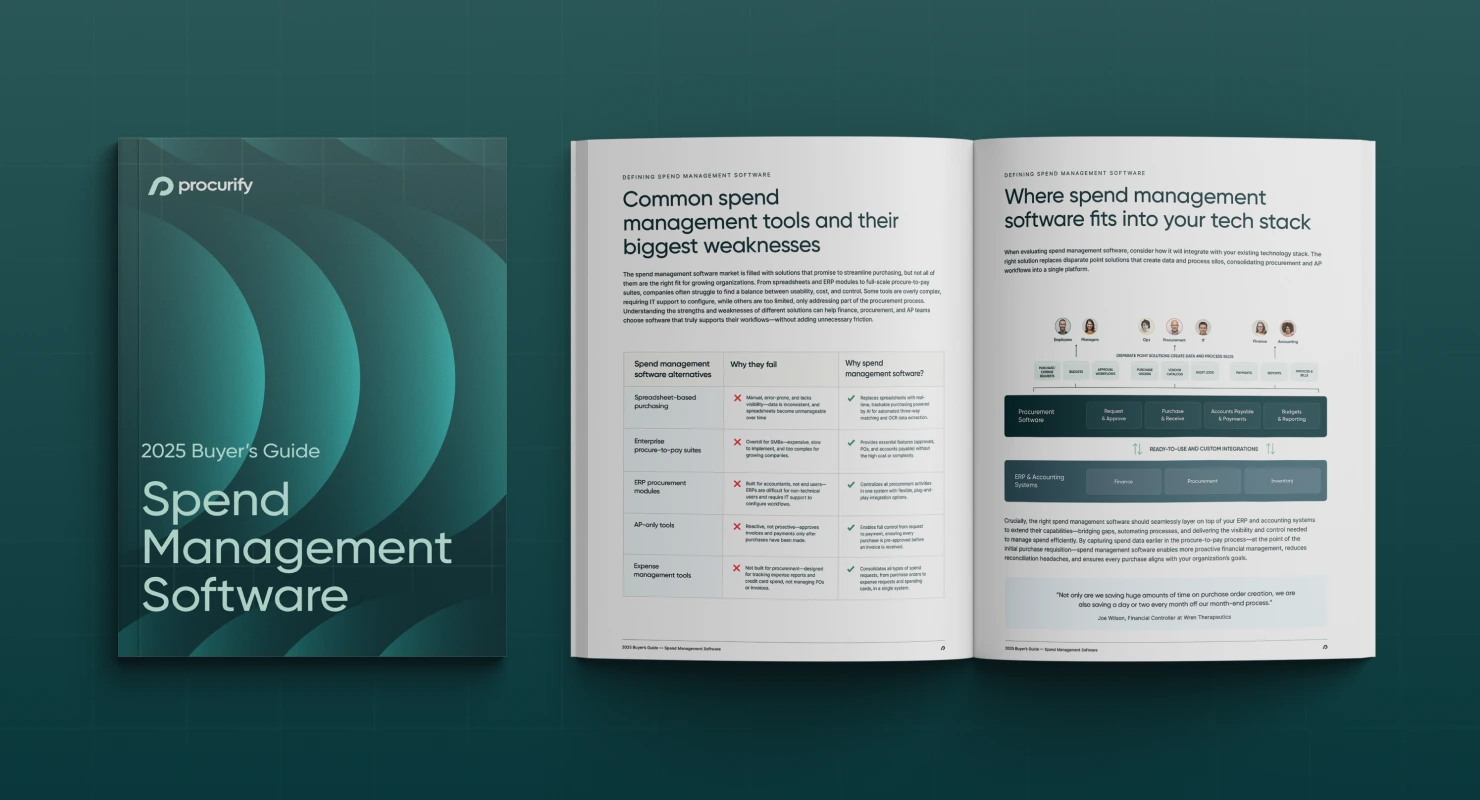Adopting strategic procurement principles to fund a living wage
Adopting Strategic Procurement Principles
The budget announcement of the National Living Wage will see workers aged over 25 in the UK paid a minimum of £7.20 an hour from April 2016, rising to £9 by 2020.
This legislative change will have a huge effect on many sectors, including retail which employs over 20% of those on the current minimum wage. To put the cost into some context, a typical retailer employing 25,000 people on a rate of £7 would expect to incur an additional £100m a year bill by 2020.
Although the direct increase in costs organisations will see are self-evident, and have been heavily reported on, less attention has been given to the additional cost inflation retailers will see through their supply chains and specifically from their indirect costs, including contracts such as catering, cleaning, logistics and warehousing.
Back to the example of our retailer, indirect costs can account for a significant 10-25% of all expenditure but, whilst clearly a major cost line, this does not in our experience receive a suitable level of strategic focus and attention.
The task for all organizations will be how to respond to, and mitigate such substantial future cost challenges without passing 100% of the expense on to customers. As we see it there are two approaches that can be taken:
- The tactical approach: Focuses on staff reduction or on reducing average age of the workforce. Some have also discussed the possibility of taking out costs by reducing perks such as staff discounts.
- The strategic approach: Focuses on the need for greater productivity in light of the wider structural changes of which the National Living Wage is a part. Relating this back to retail once again the sector has undergone fundamental change and disruption in the new digital age, and successful retailers continue to adapt to rapidly changing consumer demands on their businesses.
Forward thinking organizations are meeting these challenges by engaging with suppliers, investing in systems, and getting the basics right with a coordinated strategy across the supply chain, customer facing channels as well as reviewing their underlying operating models.
Value released from effective indirect procurement can enable and accelerate the strategic approach with focus on this all too often untapped value pool. In the short term significant savings can be found without some of the complexity and trade-offs often required to find efficiencies in other areas.
In the longer term embedding strategic procurement principles into every day thinking forms the bedrock for swifter adaptation to wider structural changes and the mitigation of both the direct and indirect costs that will entail.
In today’s every changing world and challenging environment there is no set formula for whom will win or lose. What is clear though is that successful organisations will not simply rely on a short term tactical approaches but have a clear forward thinking strategy that recognizes that traditional approaches and business models may no longer work.
The introduction of the National Living Wage should only serve as an opportunity to explore more strategic solutions and converging on untapped resources allows organisations to release huge value in order to drive or accelerate transformation programs, effectively using strategic procurement as a business enabler.

2025 Spend Management Software Buyer’s Guide
Choose the spend management solution best suited to your organization’s needs with an overview of the 2025 software ecosystem, feature comparisons, and a free vendor capability evaluation checklist.
